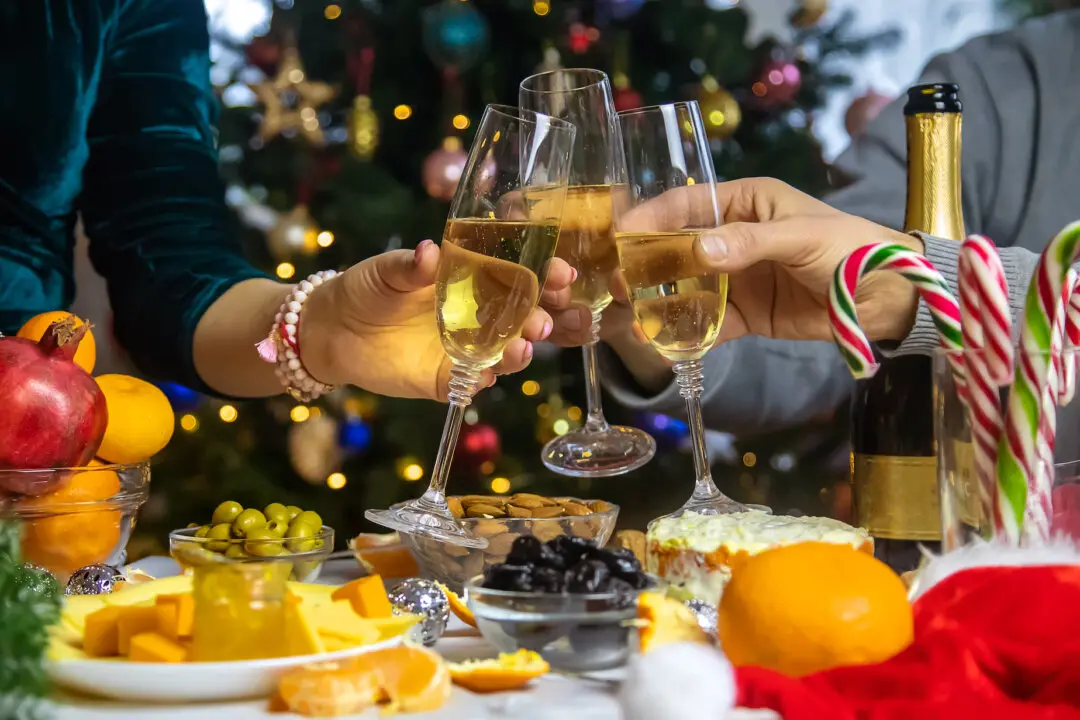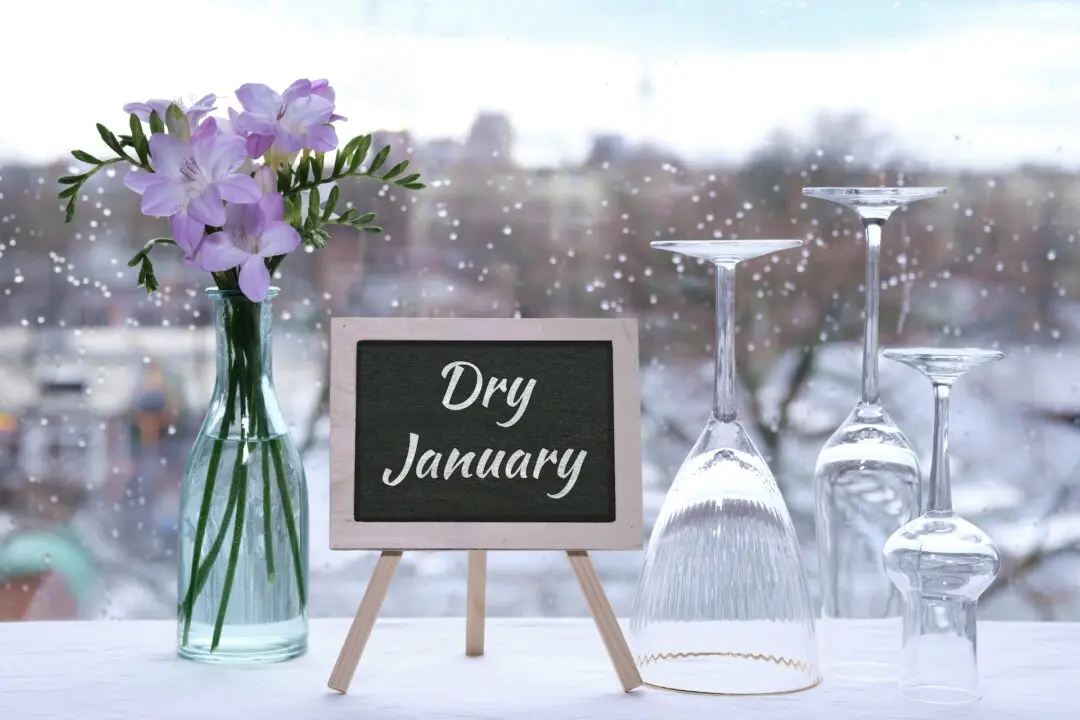It’s harvest time in many U.S. wine areas, and the first grapes to be picked annually, almost everywhere that vines grow, are those that make sparkling wines.
Wine with bubbles, a most celebratory beverage, is almost always made from grapes that are earlier harvested—mainly because the best of these wines call for higher acidity. And it is usually best to use the natural acids found in grapes to make a balanced sparkling wine.





